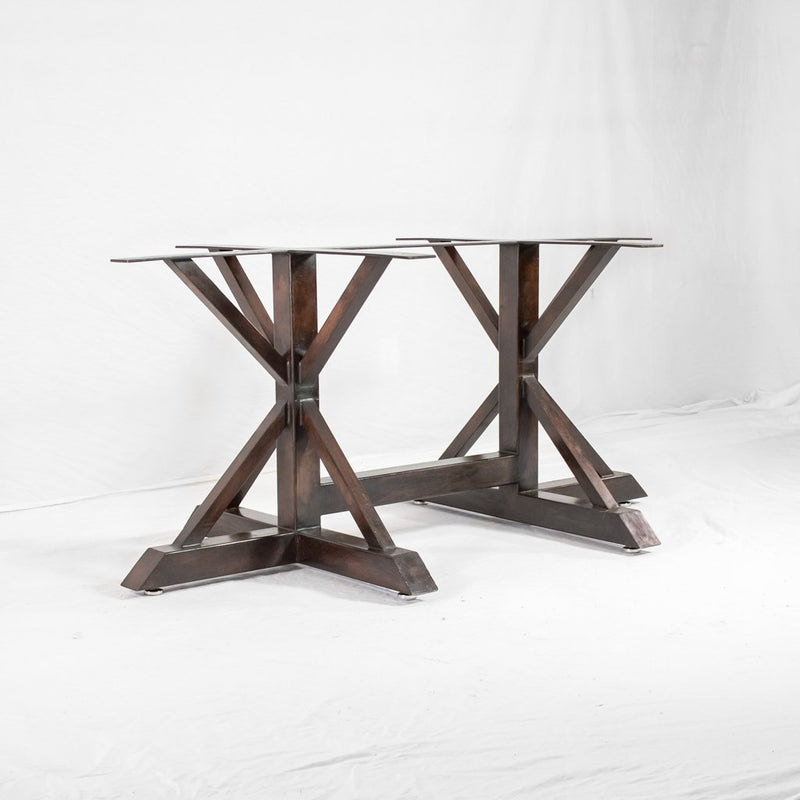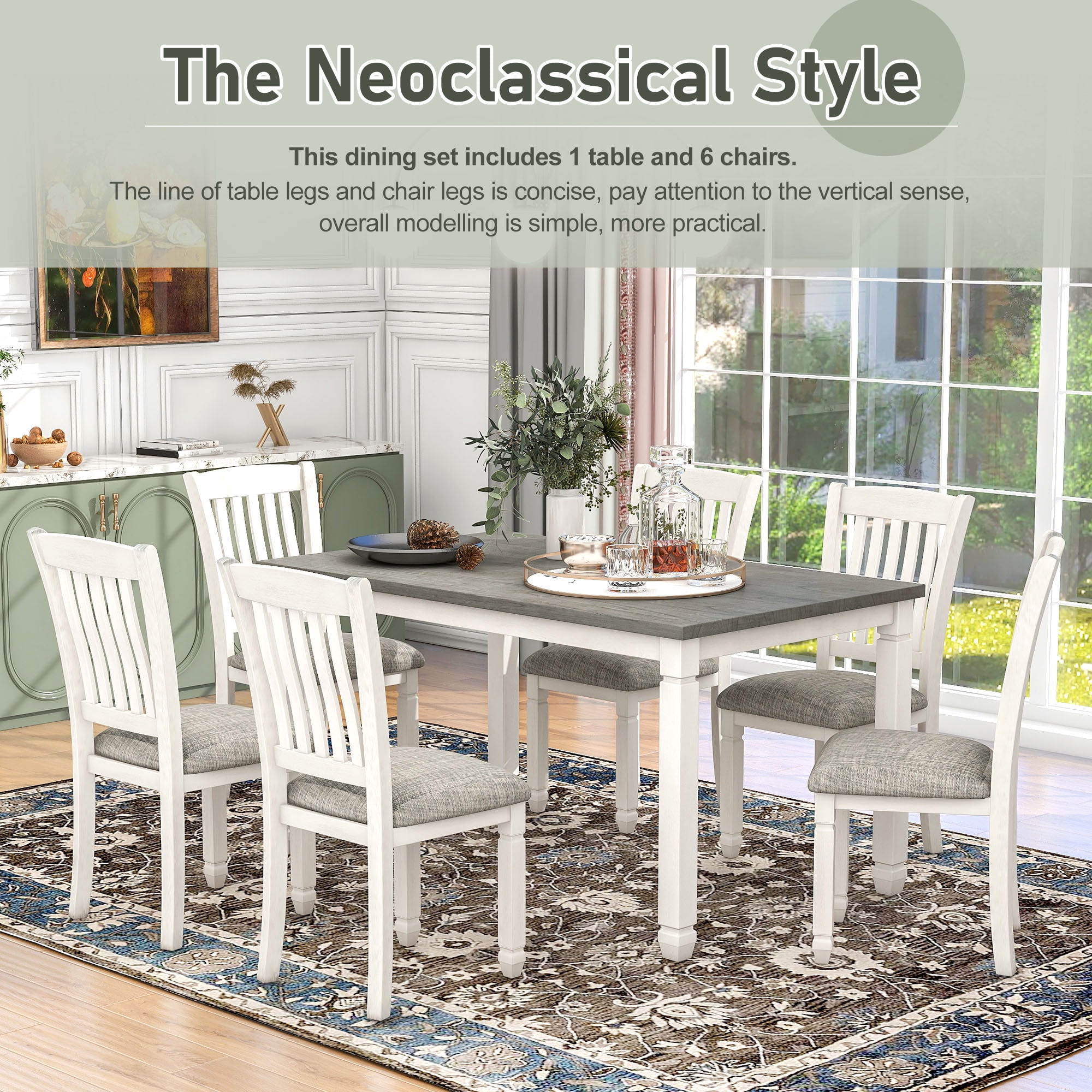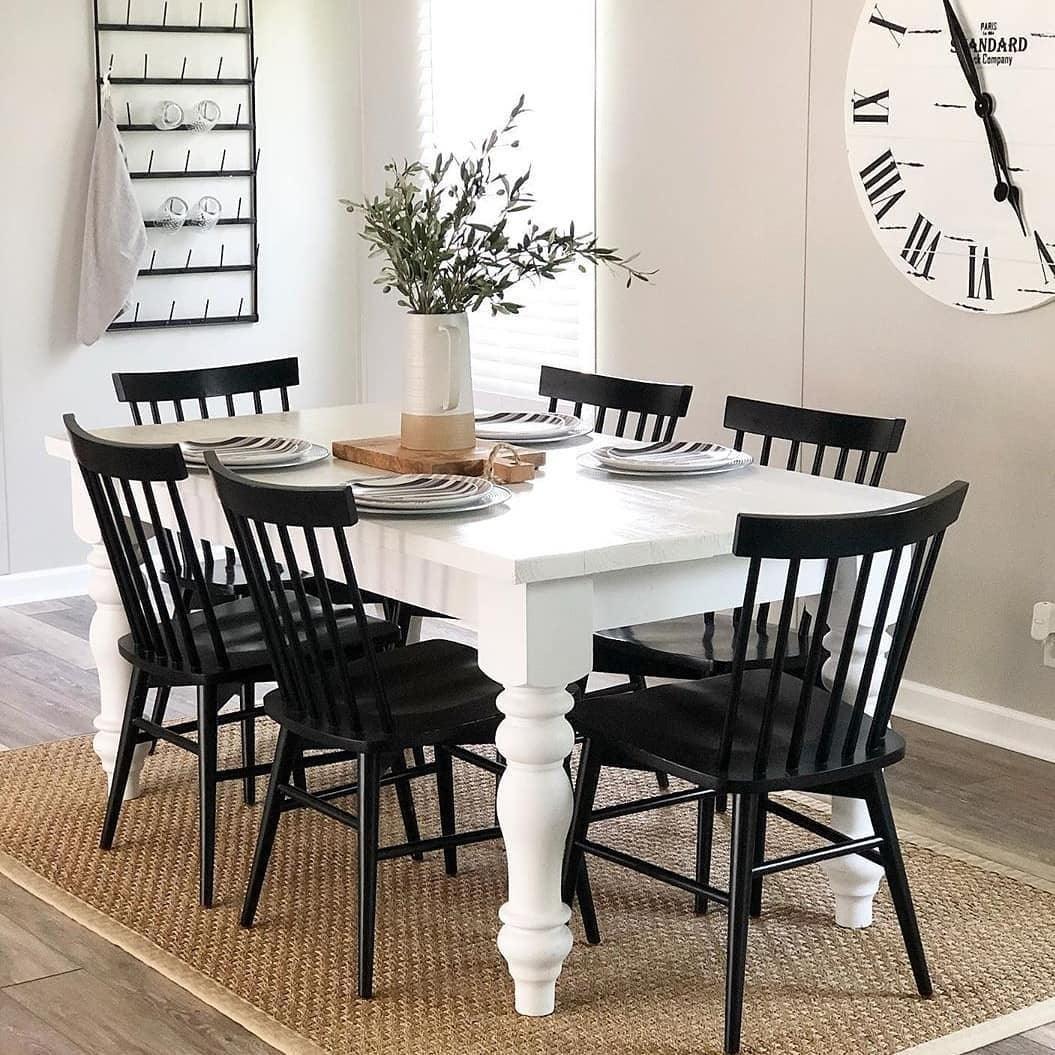Unique Dining Room Table Legs That Will Elevate Your Dining Area
Unique Dining Room Table Legs That Will Elevate Your Dining Area
Blog Article
How to Select the Perfect Eating Area Table Legs for Your Home Decor
Picking the ideal dining room table legs is a nuanced procedure that requires cautious consideration of various elements, including your space restraints, visual choices, and sensible demands. The interplay in between products, measurements, and styles can significantly influence the atmosphere of your dining area, making it necessary to approach this decision systematically. As you ponder the myriad choices available, it becomes clear that the right choice extends past plain appearance; it can boost your general eating experience. What variables should you prioritize to guarantee your choice complements your home's unique character?
Assess Your Eating Space
Evaluating your dining room is critical for picking the right table legs that enhance both aesthetic appeals and performance. Begin by determining the measurements of your eating location, including ceiling height, floor space, and distance to various other furnishings. This information will assist identify the suitable size and height of your eating table, which straight influences the selection of table legs.
Next, consider the design and format of your dining space. For instance, an open-concept style may benefit from table legs that supply visual agility, such as slender metal or acrylic choices. On the other hand, an extra typical setup might require tough wood legs that supply a feeling of permanence.
Examine the existing shade combination and products in your eating area. Harmonizing the table legs with these components develops a cohesive appearance that enhances the total style.
Ultimately, a detailed assessment of your eating room will certainly guide you in making an educated choice, guaranteeing that your table legs not just enhance the visual allure however also serve functional functions.
Consider Your Design Preferences
When picking dining-room table legs, it is important to reflect on your individual design preferences, as they considerably affect the overall visual of your eating space. Your selection of table legs can either complement or contrast with existing design, making it vital to align them with your recommended indoor layout motif.
If your home leans towards a contemporary aesthetic, take into consideration sleek steel or minimalist wood legs that provide a clean, clean appearance. For a more standard strategy, ornate wooden legs with intricate carvings can include a touch of beauty and elegance. Industrial styles gain from robust, raw materials such as reclaimed timber and steel combinations, showing a tough charm.
In addition, farmhouse and rustic styles frequently prefer durable, beefy legs that evoke a sense of heat and comfort. On the other hand, if your decoration is eclectic, you may choose non-traditional forms or a mix of products to produce visual interest.

Evaluate Product Options
The choice of product for eating area table legs plays a crucial function in both toughness and visual appeal. Typical products include wood, metal, and composite options, each offering distinctive features that can influence the overall look and longevity of your table.
Wood is a timeless choice, recognized for its warmth and versatility. Hardwoods like oak and walnut give outstanding strength and can be ended up in various spots to match any kind of style. However, softwoods like want are a lot more susceptible to damages and scratches, making them much less ideal for high-traffic locations.
Metal legs, typically crafted from steel or light weight aluminum, show modernity and commercial appeal. They are very sturdy and immune to wear, making them ideal for households with youngsters or constant celebrations (dining room table legs). In addition, steel can be finished in various shades, boosting the customization opportunities
Composite products, such as MDF or laminate, offer affordability and varied styles. While generally less sturdy than solid timber or metal, they can still give an elegant appearance and are frequently simple to keep.
Ultimately, the material you choose like it need to align with your lifestyle, visual preferences, and the degree of usage your table will experience.
Determine Elevation and Dimension
Choosing the proper height and size for your dining-room table is necessary for both functionality and comfort. The typical height for eating tables typically varies from 28 to 30 inches, allowing ample legroom for many people when seated. It is vital to take into consideration the measurements of your eating area and the kinds of chairs you intend to make use of.

Additionally, consider the percentages of your dining-room. A larger table in a spacious location can produce a grand setting, while a smaller sized table works well in more intimate setups. Inevitably, the ideal elevation and size will certainly integrate with your overall decoration and boost the eating experience for you and your guests.
Explore Personalization Opportunities

Additionally, the design of the legs can be customized to fit various styles, such as rustic, modern, or industrial. For instance, tapered legs can stimulate a mid-century modern-day feel, while beefy, block-style legs may resonate with typical or farmhouse design.
Home owners can also discover color coatings, from natural timber discolorations to paint, allowing them to match or contrast with the tabletop and bordering style.
Moreover, leg height can be gotten used to fit particular seating arrangements or individual preferences, boosting both comfort and functionality.
Finally, special embellishments, such as makings or attractive braces, can better individualize the table legs, making the dining experience not simply a meal but a declaration item in the home. By taking into consideration these customization alternatives, property owners can produce a dining-room table that really mirrors their originality.
Conclusion
Selecting the suitable dining room table legs needs careful consideration of various aspects, including the dimensions of the eating area, style preferences, material durability, and preferred elevation. Modification alternatives better enhance the capability to achieve a natural aesthetic that matches the total design. By methodically evaluating check out this site these components, house owners can guarantee that the picked table legs not just satisfy practical demands yet likewise add positively to the eating experience and atmosphere of the home.
Picking the ideal eating space table legs is a nuanced process that needs cautious factor to consider of numerous elements, including your room constraints, visual preferences, and functional needs.Evaluating your dining room is crucial for selecting the right table legs that complement both aesthetic appeals and capability.When establishing size, determine the location where the table will be positioned to guarantee it fits conveniently, allowing for at the very least 36 inches of clearance around the table for very easy activity. A bigger table in a roomy location can create a grand setting, while a smaller table functions well in more intimate settings.Choosing the suitable dining area table legs requires careful factor to consider of different factors, including the measurements of the dining room, design preferences, check my source product resilience, and desired height.
Report this page